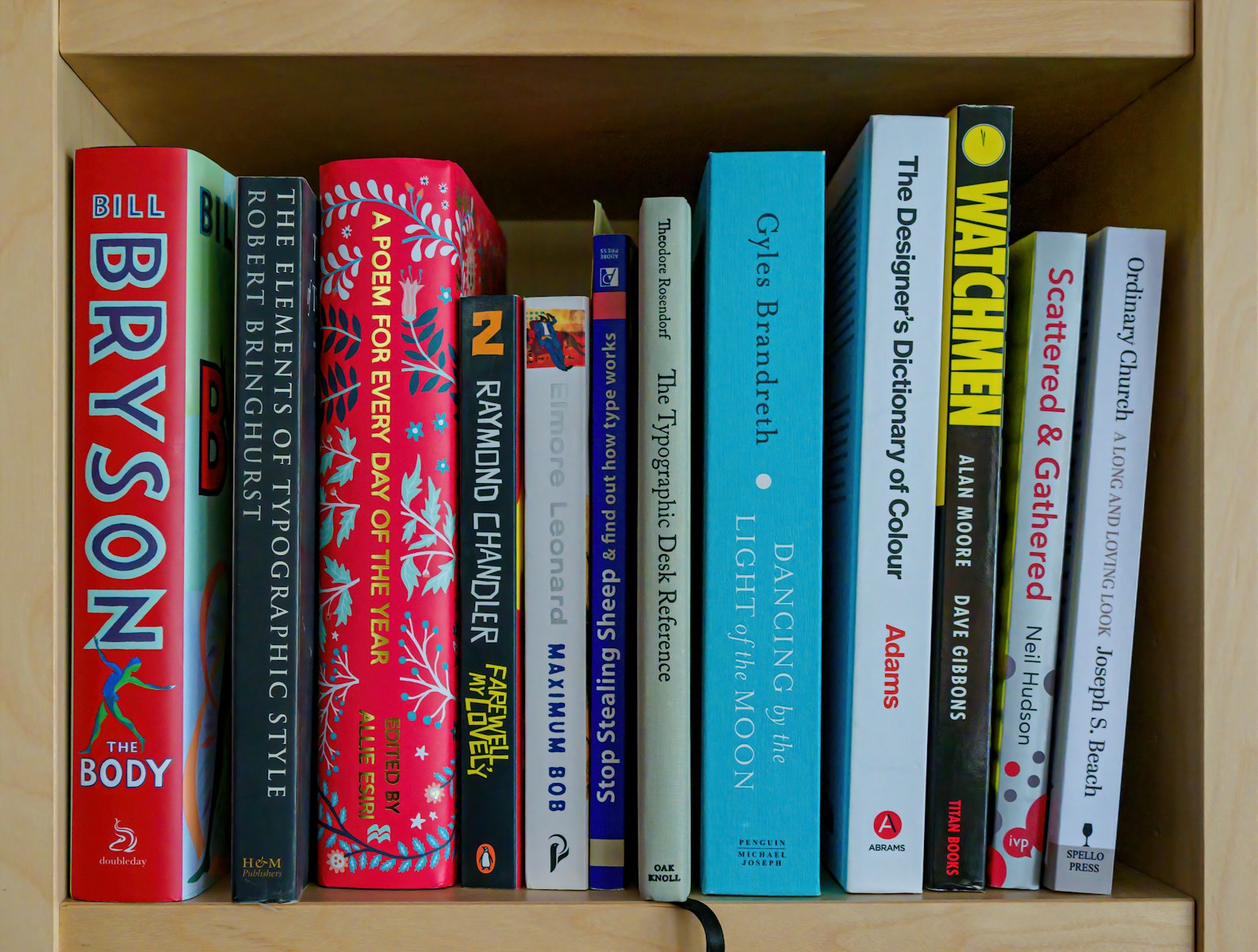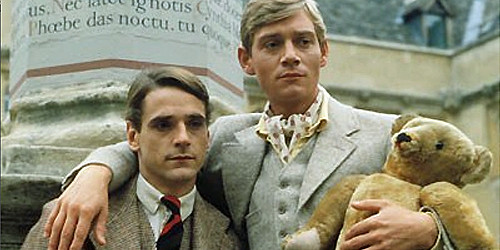
Introduction
British working-class literature is a rich and vibrant tapestry woven from the threads of everyday life, struggles, and triumphs. It gives voice to those often overlooked, reflecting the realities of the working class through poignant storytelling and unforgettable characters. This genre has not only entertained but has also ignited discussions around social justice, class struggles, and the human experience. Let’s dive into the depth of this literature, exploring its history, key works, and the impact it has had on society.
A Brief History
The roots of British working-class literature can be traced back to the 19th century, a time of industrialization and vast social change. As factories sprung up and cities swelled with populations seeking work, the conditions of the working class became a pressing issue. Writers began to emerge from this backdrop, chronicling the realities of life for the laboring population.
The early works often depicted the grim conditions of industrial life. Authors like Charles Dickens and Elizabeth Gaskell penned stories that highlighted the struggles of the poor, addressing themes of poverty, injustice, and societal neglect. Dickens’ “Oliver Twist” offers a raw look at the life of an orphan in a workhouse, while Gaskell’s “Mary Barton” explores the plight of the working class in Manchester.
As the century progressed, the genre evolved, and the voices of the working class began to emerge more prominently. The rise of socialist thought in the early 20th century further fueled this movement, with writers such as George Orwell, who, in works like “The Road to Wigan Pier,” laid bare the stark realities of working-class life in Northern England.
Key Themes
The beauty of this genre lies in its ability to convey complex themes through accessible narratives. Here are some of the recurring themes that define British working-class literature:
1. Social Injustice
Many works focus on the prominence of social injustice, illuminating the struggles faced by the working class. Authors do not shy away from depicting the harsh realities of poverty, unemployment, and exploitation. Through these narratives, readers gain insight into the systemic issues that perpetuate inequality.
2. Community and Solidarity
While the struggles are real, there is often a strong emphasis on community and solidarity among working-class characters. These narratives showcase how individuals band together to support one another in times of hardship. They highlight the strength found in unity, often depicted through collective actions or shared experiences.
3. Identity and Self-Discovery
Issues of identity, particularly in relation to class, are central to many of these works. Characters often grapple with their sense of self in a society that marginalizes them. Through their journeys, readers witness the quest for dignity and self-worth, challenging preconceived notions about what it means to belong.
4. The Impact of Industrialization
The industrial revolution brought about significant changes, and literature from this period reflects the realities of urbanization and mechanization. Many narratives explore how these transformations affected communities, families, and individual lives. They often highlight the contrast between the dreams of progress and the grim reality faced by the working class.
Notable Works
As we explore the landscape of British working-class literature, several key works stand out, each offering unique perspectives and powerful narratives.
“The Ragged-Trousered Philanthropists” by Robert Tressell
Published posthumously in 1914, this novel is a seminal work in socialist literature. It follows a group of painters and decorators in early 20th-century England, delving into their struggles to make ends meet while exposing the exploitative nature of capitalism. Tressell’s writing is both humorous and heartbreaking, making it a must-read for anyone interested in the plight of the working class.
“The Road to Wigan Pier” by George Orwell
In this non-fiction work, Orwell provides a firsthand account of the living conditions of the working class in Northern England during the 1930s. His candid observations and reflections on socialism challenge readers to confront the realities of poverty and class struggle. The book remains relevant today as it forces us to question the society we live in.
“How Green Was My Valley” by Richard Llewellyn
This classic novel tells the story of a Welsh mining family, capturing the beauty of their valley as well as the harshness of their existence. Llewellyn’s lyrical prose immerses readers in the life of the miners and their community, exploring themes of love, loss, and resilience against the backdrop of an industry that defines their lives.
“Saturday Night and Sunday Morning” by Alan Sillitoe
Sillitoe’s 1958 novel is a defining work of the Angry Young Men movement. It follows Arthur Seaton, a young factory worker in Nottingham, as he navigates his life of work, love, and rebellion. The novel captures the spirit of youthful disillusionment and the quest for freedom, resonating deeply with readers of all generations.
“The Book of Dave” by Will Self
This contemporary novel weaves a complex narrative that incorporates elements of social commentary, humor, and tragedy. Set in a post-apocalyptic London, it tells the story of a taxi driver whose diary becomes a script for a new society. Self’s prose is sharp and insightful, delving into themes of class, identity, and the human condition.
The Legacy of British Working-Class Literature
The impact of British working-class literature extends far beyond its pages. These works have sparked conversations about class and society, encouraging readers to reflect on their own experiences and the world around them. They provide a platform for marginalized voices, fostering empathy and understanding among diverse audiences.
Inspiring Social Change
Throughout history, literature has been a catalyst for social change. The narratives of the working class have highlighted injustices and prompted reform. For example, Orwell’s writings contributed to the discourse surrounding workers’ rights and the welfare state. Similarly, Tressell’s depiction of the struggles of laborers inspired many to advocate for social justice and equality.
Connecting Generations
British working-class literature has the power to connect generations. The themes of struggle, resilience, and the quest for dignity resonate with readers from all walks of life. Young readers may find themselves drawn to the narratives of their predecessors, gaining insight into the challenges faced by those who came before them. This connection fosters a greater understanding of history and the socio-economic landscape.
A Voice for the Unheard
Perhaps the most significant contribution of this genre is its ability to give voice to the unheard. It captures the experiences of those often relegated to the margins of society. By sharing their stories, these writers create a rich tapestry of human experience that challenges stereotypes and fosters empathy.
Conclusion
British working-class literature is a powerful testament to the strength of storytelling. Through the lens of the working class, these authors have illuminated the struggles, victories, and complexities of life. Their works continue to inspire, provoke thought, and spark conversations that resonate across time and space. As we delve into these narratives, we are reminded of the importance of listening to the voices of the unheard and recognizing the shared humanity that binds us all. Whether you’re a seasoned reader or just beginning your journey into this genre, there is a wealth of stories waiting to be discovered—a celebration of resilience, community, and the enduring spirit of the working class.

